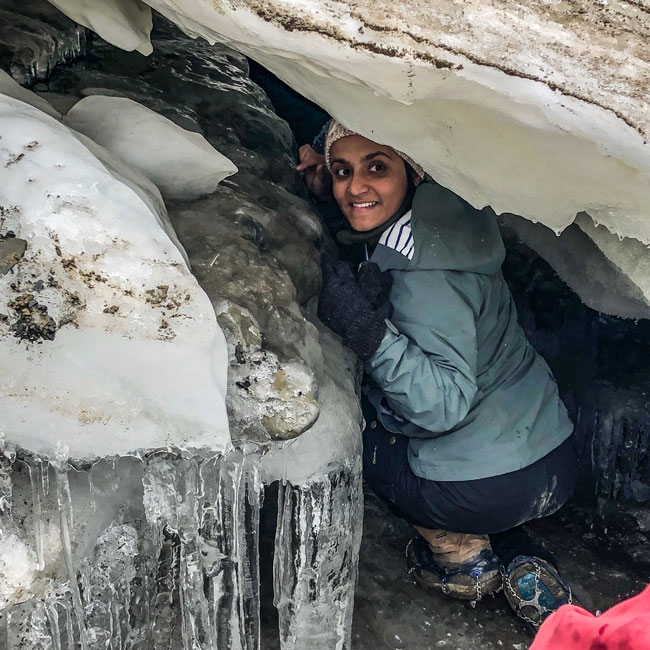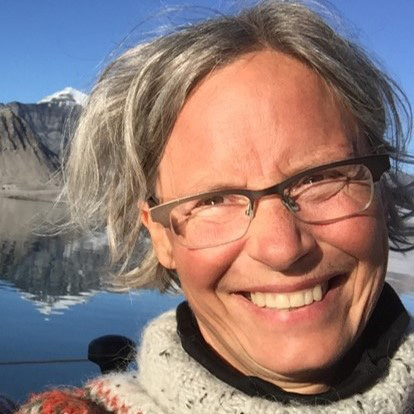Cheshtaa Chitkara: Fourth PhD thesis defended within FACE-IT
[Published 28 February 2025]
On 28 May 2025, Cheshtaa Chitkara successfully defended her PhD thesis, entitled “Arctic marine microbial eukaryotes–Spatiotemporal drivers of community structure and ecological impacts of Atlantification“. Prior to the defense, Cheshtaa presented a trial lecture with the title “Mixotrophy in plankton: ecological concepts and evidence with examples from the Arctic”.
Cheshtaa worked within the FACE-IT project at The University Centre in Svalbard (UNIS, Norway). She was part of the PhD programme at the Faculty of Engineering and Science at the University of Agder, with specialization in Natural Sciences and the scientific field Coastal Ecology. Read the thesis summary below.
Congratulations, Cheshtaa!
Cheshtaa was supervised by Anna Vader (The University Centre in Svalbard UNIS, Norway) and Tove Margrethe Gabrielsen (University of Agder, Norway).
The committee members of the defense were:
- Disputation chair: Elna Svege (Department of Natural Sciences, University of Agder, Norway)
- First Opponent: Daniel Vaulot (University of Oslo, Norway)
- Second Opponent: Matthias Wietz (Alfred Wegener Institute, Helmholtz Centre for Polar and Marine Research, Germany)
- Chair of Assessment Committee: Ane Timenes Laugen (University of Agder, Norway)
Abstract
Microbial eukaryotes serve not only as primary producers but also occupy other trophic modes in the marine food web. In the European Arctic, microbial eukaryotic community dynamics are threatened by the increasing inflow of warm Atlantic water (Atlantification). This process has accelerated the warming of the Arctic, which now experiences temperature increases four times greater than the global average. While previous studies have identified potential shifts in microbial eukaryotic communities, most have not examined these changes over large spatial and temporal scales or considered variations among different fjord types based on geomorphology.
To address these gaps, my thesis investigates the community structure and resilience of microbial eukaryotes in the Isfjorden-Adventfjorden (IsA) system from 2011 to 2021, using long-term seasonal observations from continuous sampling. It also compares IsA with other time series across a latitudinal gradient. Water and net samples were collected from four sites—Ramfjorden (RAM), Nuup Kangerlua (NK), Isfjorden-Adventfjorden (IsA), and Billefjorden-Adolfbukta (BAB)—and analysed for DNA (metabarcoding), microscopy, chlorophyll-a biomass, primary production, and grazer abundances. Additionally, nutrients and other environmental drivers were estimated through water column measurements, including temperature, salinity, water mass type, mixed-layer depth, and stratification index.
Results indicate that seasonal changes in light availability is the primary driver of community composition across latitudinal gradients, with the influence of varying water masses (temperature and salinity) acting as a significant secondary factor, especially during periods of continuous daylight and prolonged darkness. All fjords exhibited similar spring bloom species; however, the timing varied independently of latitudinal differences. While no clear trend of Atlantification was evident at IsA in the studied timeframe, warming pulses correlated with alterations in microbial eukaryotic abundances. This was particularly notable in the appearance of certain indicator species during the warm 2014 and 2019 years. Furthermore, summer phytoplankton blooms that are not so common at this station were observed during the high Arctic summers of 2017, 2019, and 2021. Changes in community structure at IsA, particularly during the light-rich spring and summer seasons, highlight the ecosystem’s vulnerability during these periods.
In conclusion this thesis highlights microbial responses to environmental change in the Arctic and the necessity for continued long-term monitoring to decipher ongoing shifts. While the overall eukaryotic microbial community demonstrates resilience, the potential for critical shifts in species richness, diversity and composition could be a concern for ecosystem stability in the future due to prolonged Atlantification.
Photos: Ingrid Ballari Nilsen (The University Centre in Svalbard UNIS, Norway)
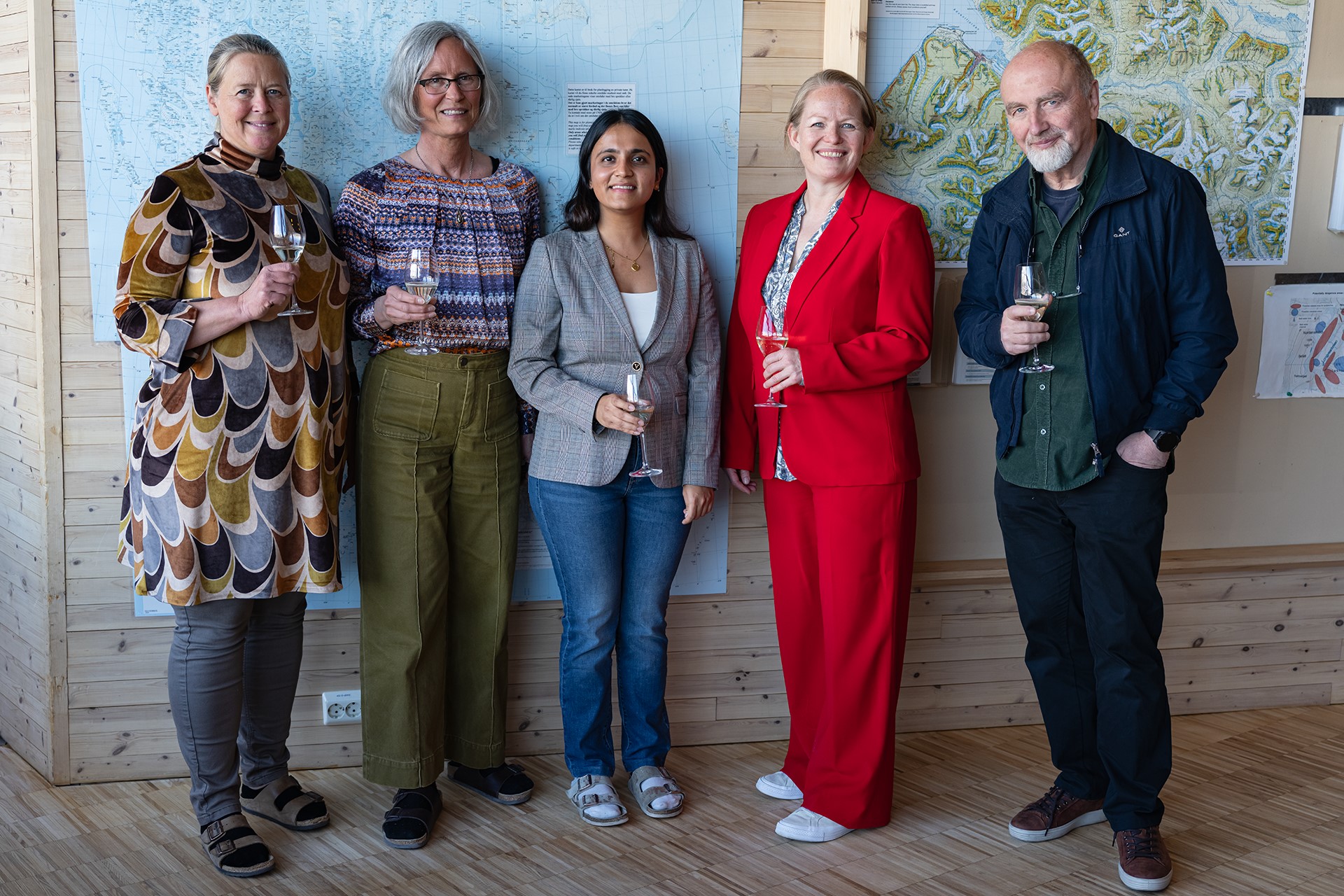
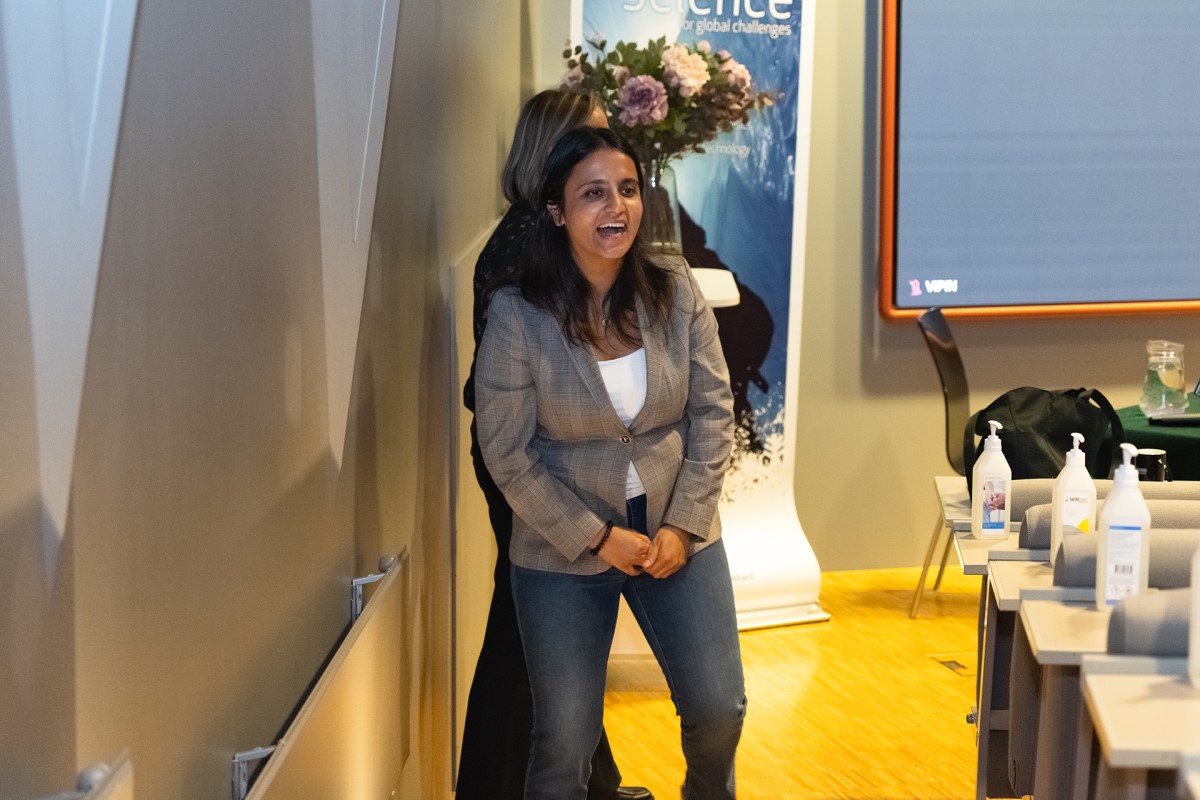

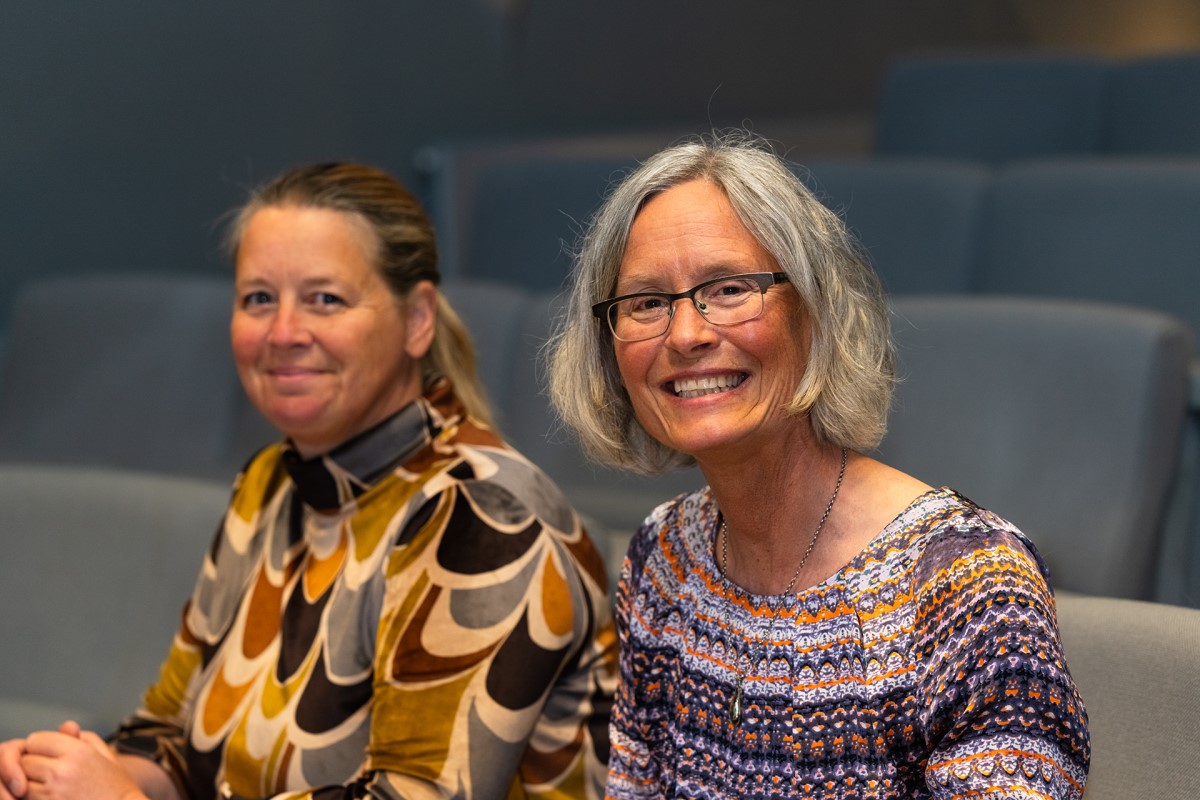


People involved
Cheshtaa CHITKARA
Role in FACE-IT:
• PhD student "Biodiversity Changes"
University Centre in Svalbard (UNIS), Longyearbyen, Norway
University of Agder, Kristiansand, Norway
ResearchGate
ANna VADER
Role in FACE-IT:
• Researcher "Biodiversity Changes"
University Centre in Svalbard (UNIS), Longyearbyen, Norway
Anna’s FACE-IT Projects

